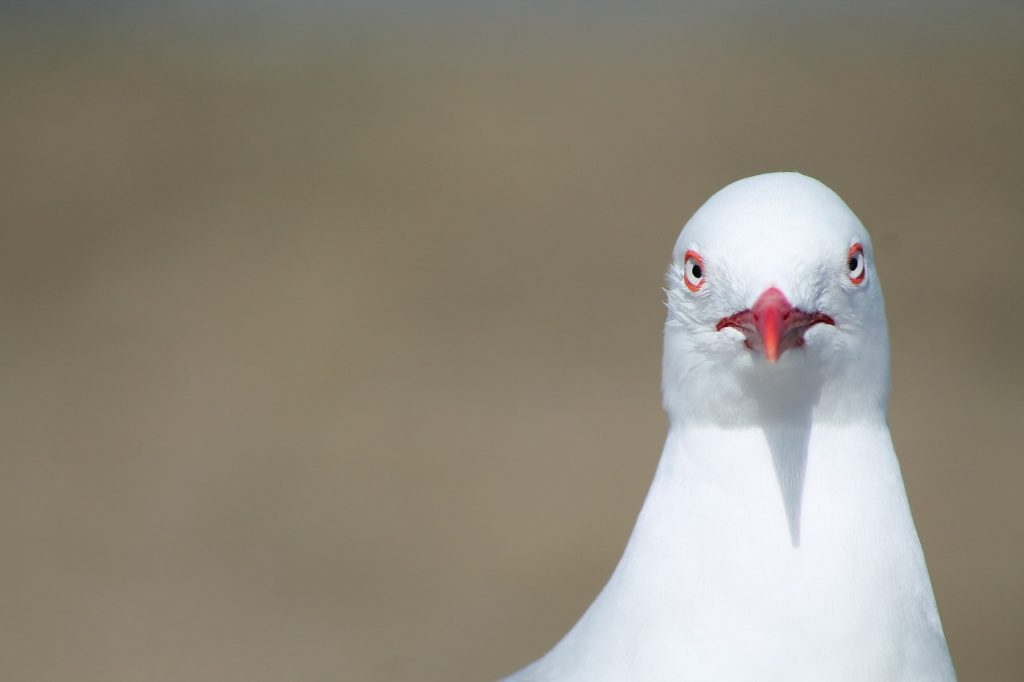 Last week I flew to Los Angeles to talk to a group of 12 or so Asian/Pacific Islander EDs who are in a leadership program of which I am an alum. This cohort was a group of all women. I was a bit nervous, looking at the leaders seated in a circle. First of all, there were some EDs who have had way more experience than I do. And second of all, people in LA are hella stylish, and in comparison, I looked like I was dressed by a few smarter-than-average bonobos.
Last week I flew to Los Angeles to talk to a group of 12 or so Asian/Pacific Islander EDs who are in a leadership program of which I am an alum. This cohort was a group of all women. I was a bit nervous, looking at the leaders seated in a circle. First of all, there were some EDs who have had way more experience than I do. And second of all, people in LA are hella stylish, and in comparison, I looked like I was dressed by a few smarter-than-average bonobos.
The EDs came from all over the US and work in many different areas—art, cancer awareness, education, etc. They had the archetypal look of the Executive Director: Radiant good looks surrounded by an aura of power stymied by baggy eyes, greying hair, and the slouched shoulders of stress and exhaustion.
It’s rough being an ED, but being an ED of color has an additional set of stress:Continue reading →





